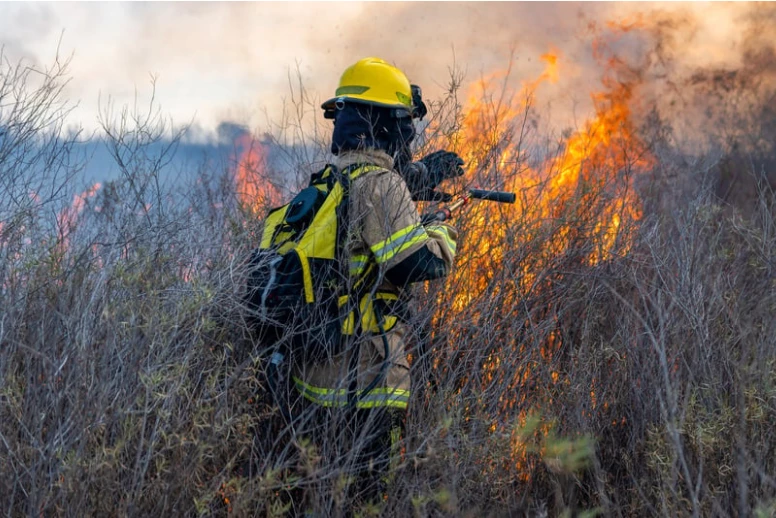Counter Unmanned Aircraft Systems Technologies and Operations
Add bookmark
As the quarter-century mark in the 21st Century nears, new
aviation-related equipment has come to the forefront, both to help
us and to haunt us. (Coutu, 2020) This is particularly the case with
unmanned aerial vehicles (UAVs).[1] These vehicles have grown in
popularity and accessible to everyone. Of different shapes and sizes,
they are widely available for purchase at relatively low prices. They
have moved from the backyard recreation status to important tools
for the military, intelligence agencies, and corporate organizations.
New practical applications such as military equipment and
weaponry are announced on a regular basis – globally. (Coutu, 2020)
Every country seems to be announcing steps forward in this
burgeoning field.
In our successful 2nd edition of Unmanned Aircraft Systems in
the Cyber Domain: Protecting USA’s Advanced Air Assets (Nichols,
et al., 2019), the authors addressed three factors influencing UAS
phenomena. First, unmanned aircraft technology has seen an
economic explosion in production, sales, testing, specialized
designs, and friendly / hostile usages of deployed UAS / UAVs /
Drones. There is a huge global growing market and entrepreneurs
know it. Small UAS companies have been reproducing like rabbits.
Only the FAA has been a stumbling block trying to balance UAS
safe integration into the National Airspace against hundreds of
thousands of new recreational and commercial operators testing
their meddle in the skies. FAA’s best efforts surround its decision
to register UAS and provide a process for Part 107 Certification.
(Nichols, et al., 2019) Certification[2] brings sanity and education
into a chaotic public market in the US.
Second, hostile use of UAS is on the forefront of DoD defense
and offensive planners. They are especially concerned with SWARM
behavior. Movies like “Angel has Fallen,” where drones in a SWARM
use facial recognition technology to kill USSS agents protecting POTUS, have built the lore of UAS and brought the problem
forefront to DHS. The author presented at several international CUAS conferences which were attended by commercial, educational
and military organizations for the purpose of hardening USA air
assets against hostile drone activities. These were serious
conversations and workshops – many of them – behind closed doors
and interacting with military brass. (Nichols, et al., 2019)
Third, UAS technology was exploding. Everyday our team reads
/ discusses new UAS developments in navigation, weapons,
surveillance, data transfer, fuel cells, stealth, weight distribution,
tactics, GPS / GNSS elements, SCADA protections, privacy
invasions, terrorist uses, specialized software, and security
protocols. (Nichols, et al., 2019) Our team has followed / tracked
joint ventures between military and corporate entities and
specialized labs to build UAS countermeasures. The number of
professional C-UAS conferences around the world are significant.
This is a growing field like INFOSEC was a predictable offshoot to
cybercrime.
As authors, we felt compelled to address at least the edge of some
of the new C-UAS developments. It was clear that we would be
lucky if we could cover a few of – the more interesting and priority
technology updates – all in the UNCLASSIFIED and OPEN sphere.
Counter Unmanned Aircraft Systems: Technologies and Operations
is the companion textbook to our 2nd edition. The civilian market
is interesting and entrepreneurial, but the military and intelligence
markets are of concern because the US does NOT lead the pack
in C-UAS technologies. China does. China continues to execute
its UAS proliferation along the New Silk Road Sea / Land routes
(NSRL). It has maintained a 7% growth in military spending each
year to support its buildup. (Nichols, et al., 2019) [Chapter 21]. They
continue to innovate and have recently improved a solution for
UAS flight endurance issues with the development of advanced
hydrogen fuel cell. (Nichols, et al., 2019) Reed and Trubetskoy





















